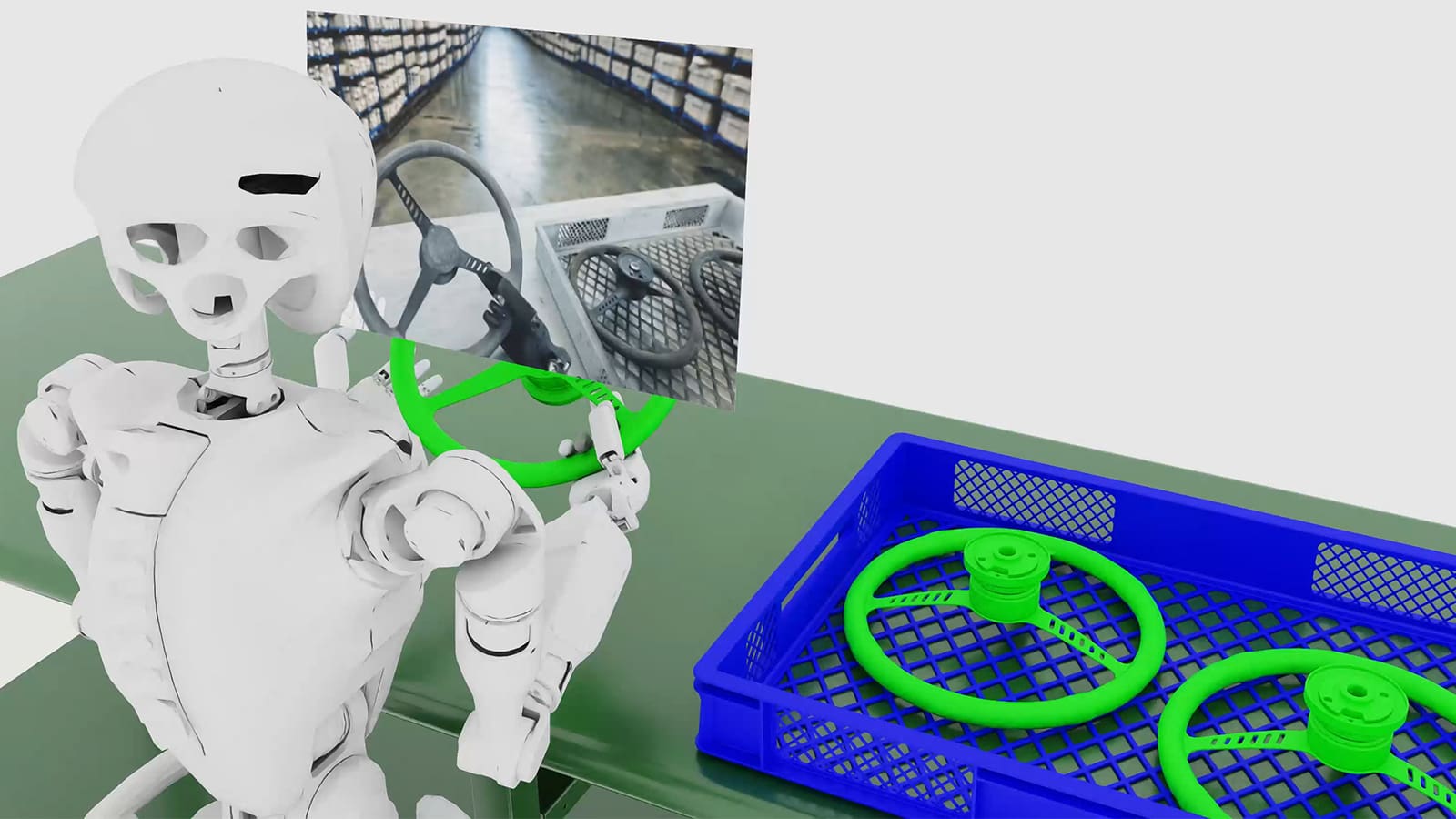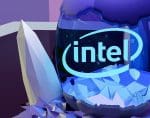In-Short
- NVIDIA CEO Jensen Huang presents the future of AI at CES 2025.
- GeForce RTX 50 Series GPUs and Project DIGITS AI supercomputer unveiled.
- Cosmos platform introduced for robotics and autonomous vehicles.
- New AI models and tools announced to empower developers and enterprises.
Summary of NVIDIA’s CES 2025 Announcements
At CES 2025, NVIDIA’s CEO Jensen Huang showcased the company’s advancements in AI technology, emphasizing the transition to ‘physical AI’—AI that can perceive, reason, plan, and act. NVIDIA’s innovations, including the Cosmos platform, the next-gen GeForce RTX 50 Series GPUs, and the compact AI supercomputer Project DIGITS, are set to revolutionize gaming, autonomous vehicles, robotics, and more.
GeForce RTX 50 Series GPUs
The GeForce RTX 50 Series, powered by NVIDIA Blackwell architecture, was a highlight of the event. The RTX 5090 GPU, described as “a beast” by Huang, features 92 billion transistors and achieves 3,352 trillion AI operations per second. The series promises to enhance gaming performance with technologies like DLSS 4 and RTX Neural Shaders.
Cosmos Platform for Robotics and AVs
Cosmos is set to be a game-changer for robotics and autonomous vehicles, enabling them to simulate and predict outcomes in real-world scenarios. Industry leaders are already adopting Cosmos for its ability to generate photorealistic scenarios for training models.
AI Models and Developer Tools
NVIDIA introduced AI foundation models for RTX PCs and AI Blueprints, providing developers with powerful tools for creating AI-driven solutions. The Llama Nemotron model family was also announced, aimed at helping enterprises create custom AI agents.
Advancements in Autonomous Vehicles
The DRIVE Hyperion AV platform, built on the NVIDIA AGX Thor SoC, is designed to enhance the safety and capabilities of autonomous vehicles using generative AI models. Major automakers are integrating NVIDIA’s technology to develop next-generation vehicles.
Project DIGITS: A Compact AI Supercomputer
Project DIGITS, NVIDIA’s smallest yet most powerful AI supercomputer, is set to make AI supercomputing accessible to a wider audience, allowing for AI model training and deployment from the desktop.
Vision for the Future
Huang reflected on NVIDIA’s transformative role in AI over the past 12 years and expressed excitement for the future breakthroughs in general robotics and AI.
For more detailed insights, visit the original source.
Footnotes
Image Credit: NVIDIA










